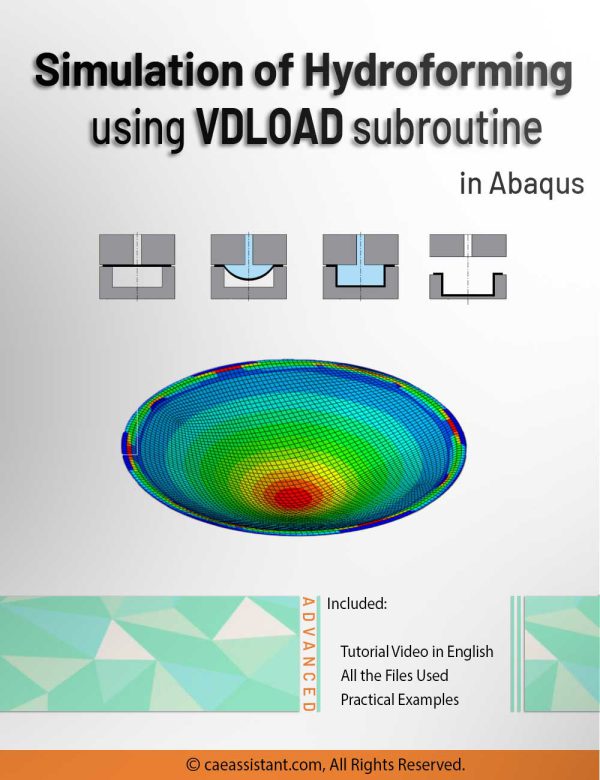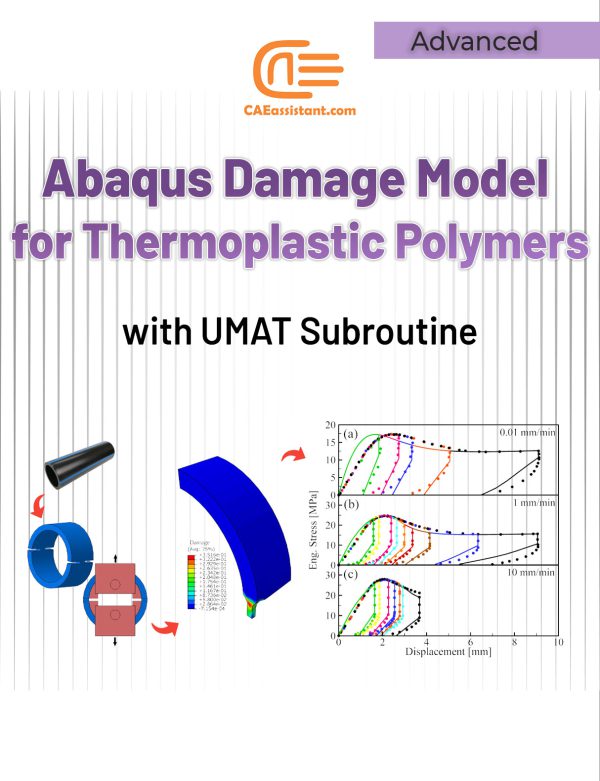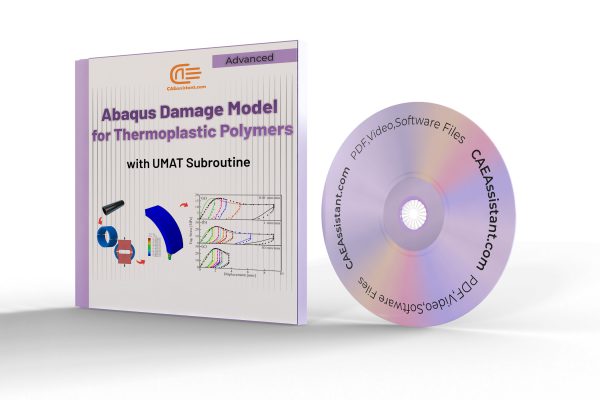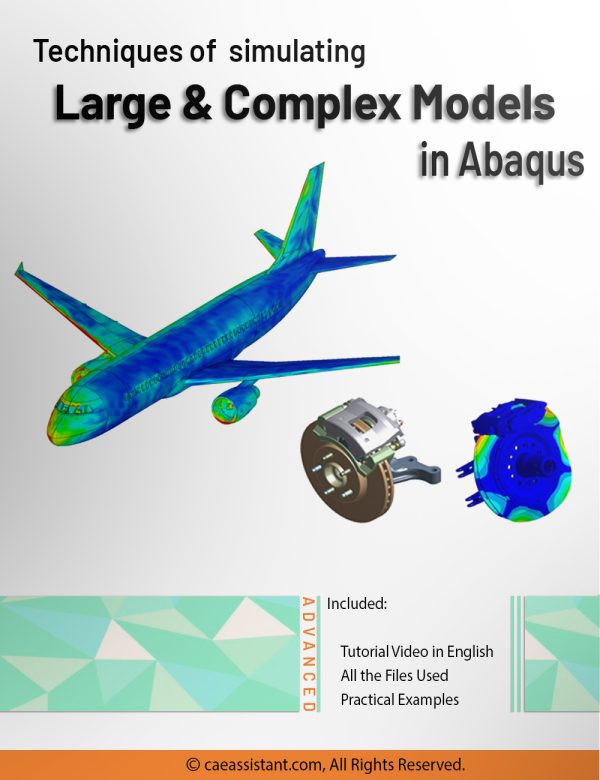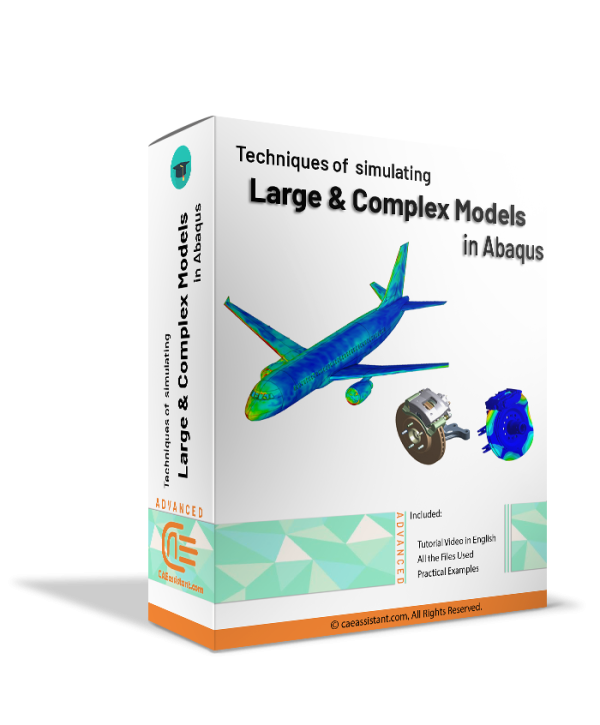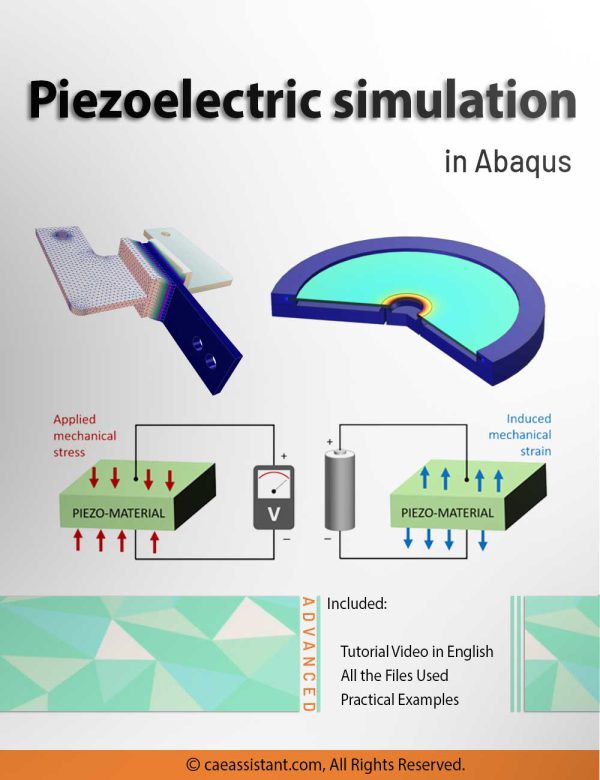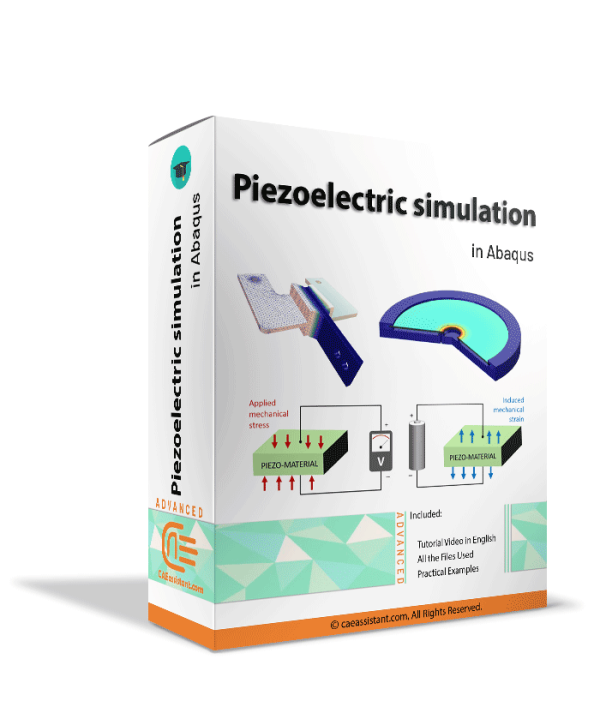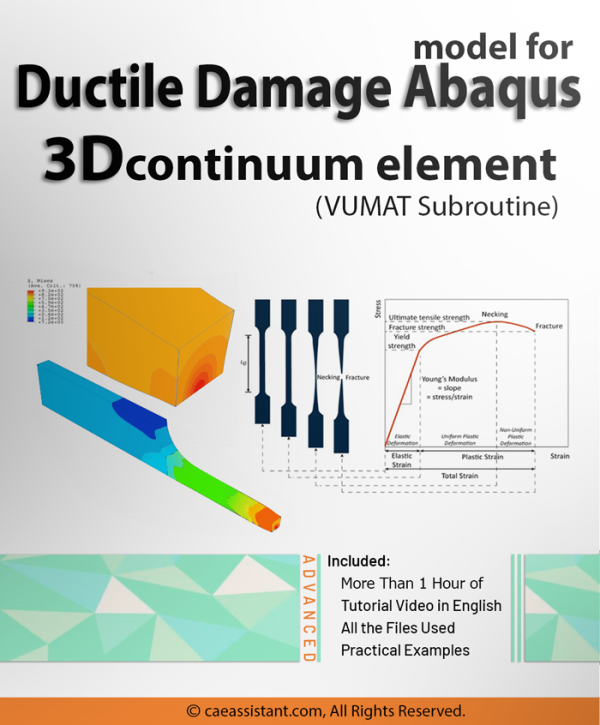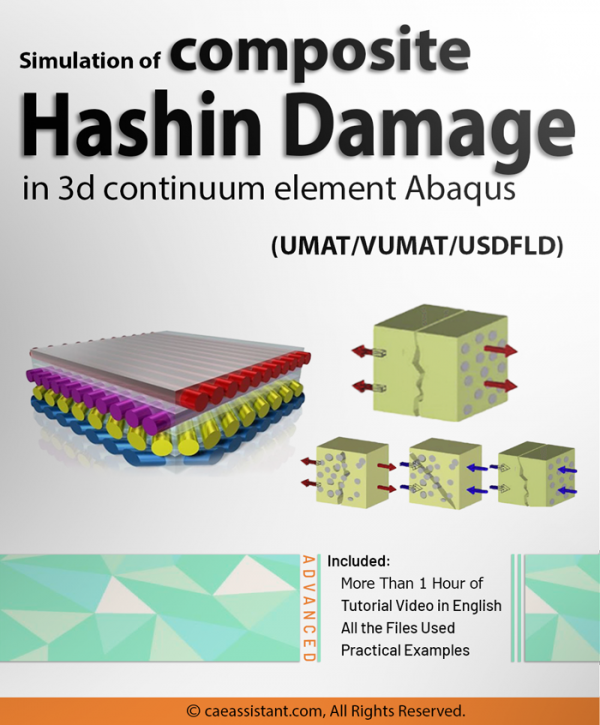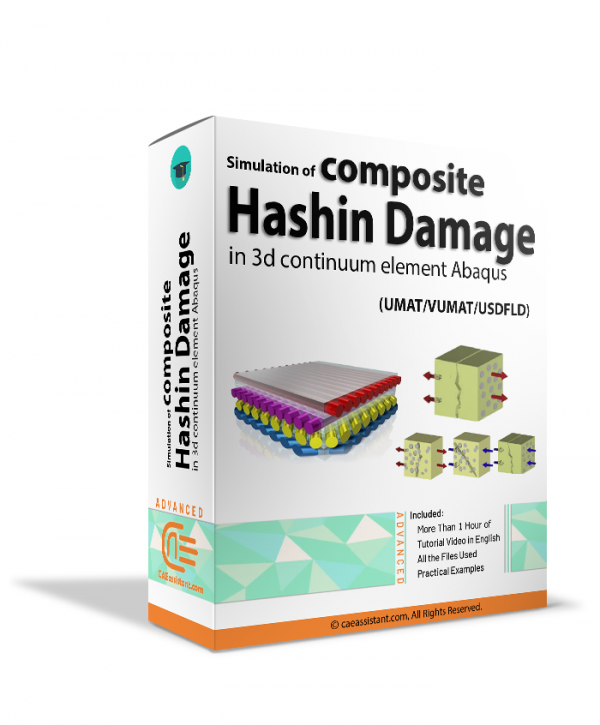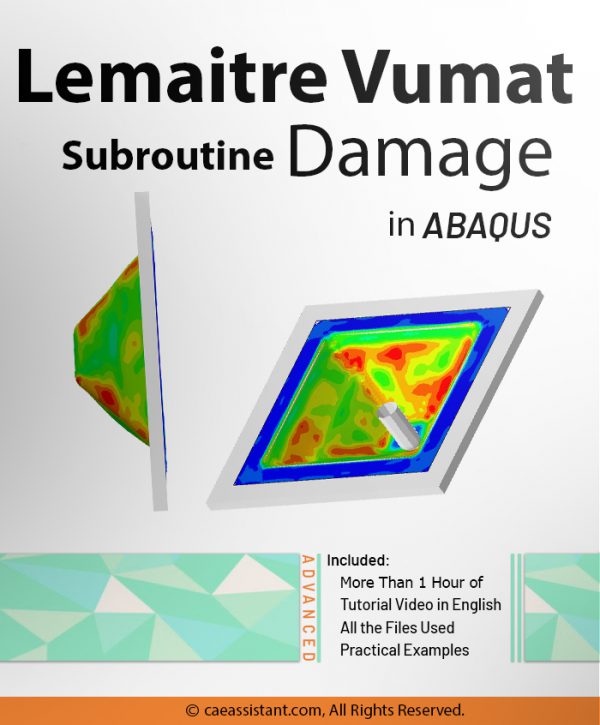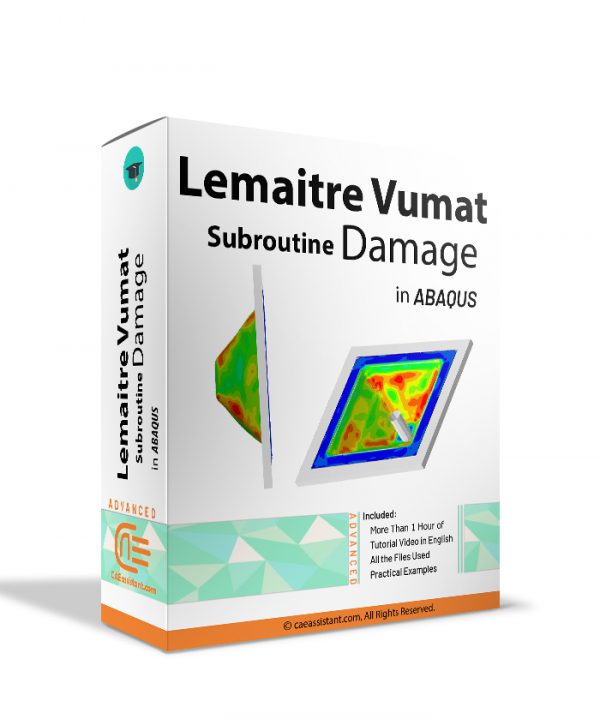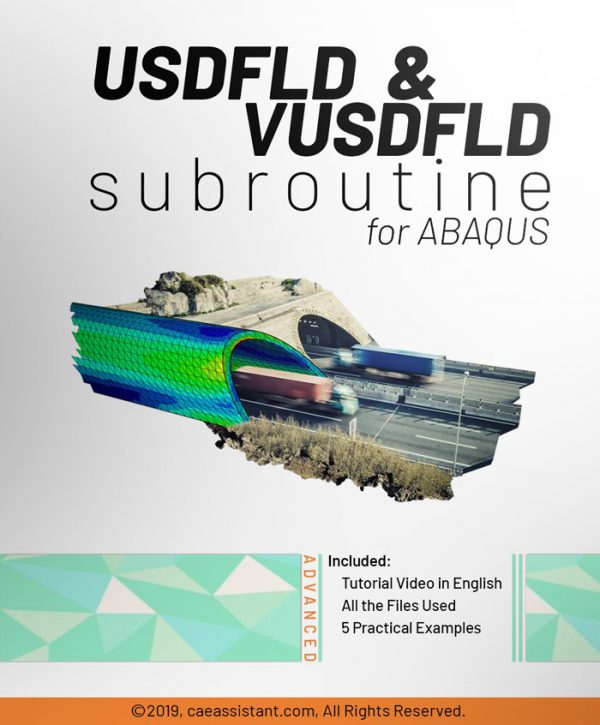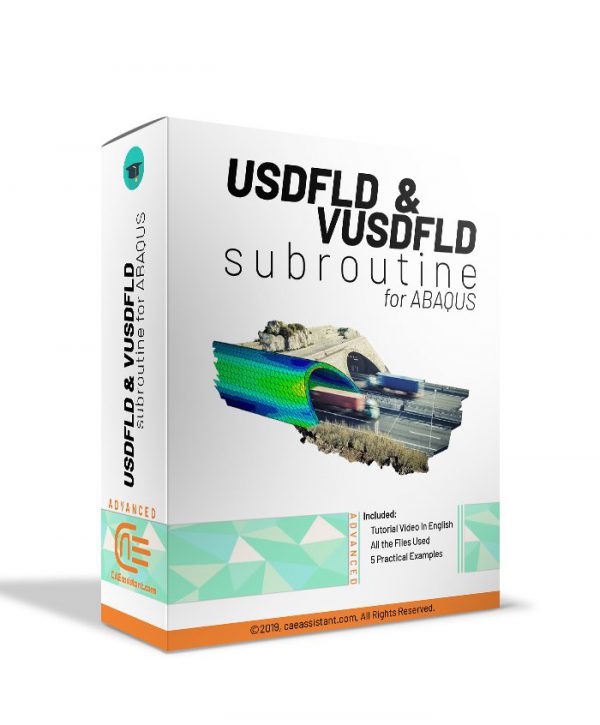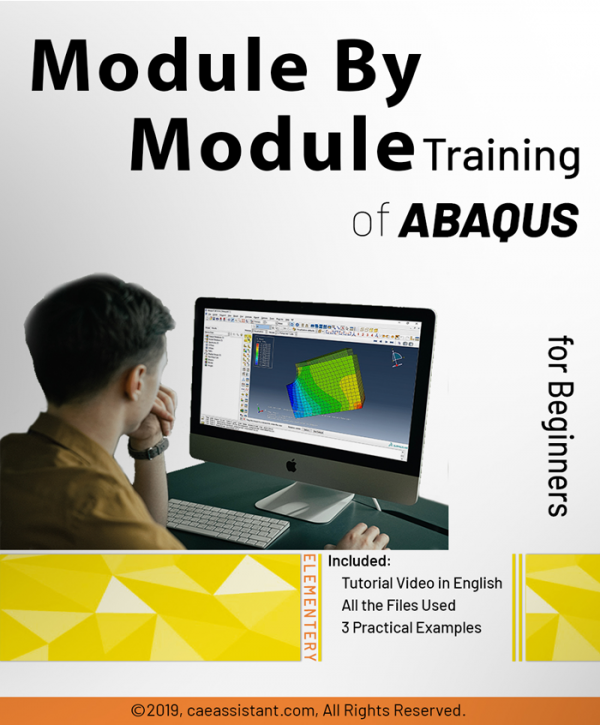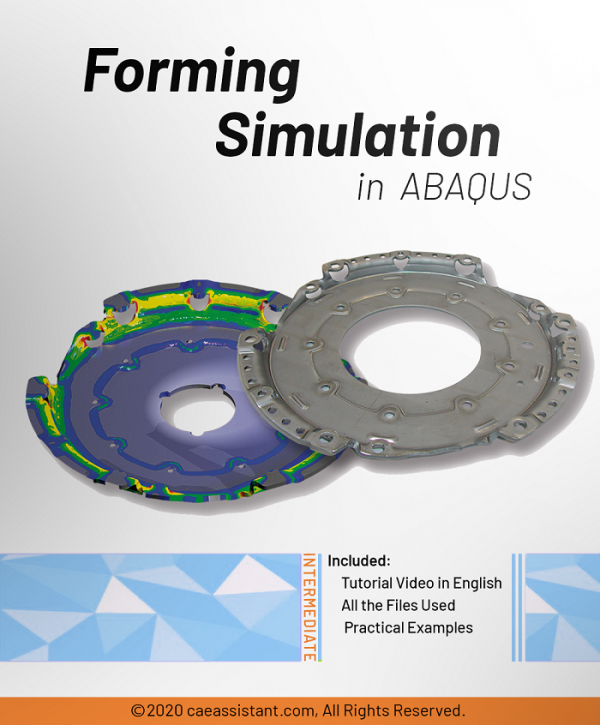Dynamic Analysis
Hydroforming process simulation using VDLOAD subroutine in Abaqus
Dive into the intricacies of hydroforming simulation in Abaqus alongside the VDLOAD subroutine with our comprehensive guide. This tutorial delves into the essence of the Abaqus hydroforming simulation, unraveling the nuances of the hydroforming process simulation. Hydroforming, a specialized metal shaping technique applicable to diverse materials like steel, copper, and aluminum, is explored in depth.
In the workshop component, we specifically focus on advanced hydroforming simulation using the VDLOAD subroutine, highlighting its pivotal role in specifying fluid pressure on sheet metal forming. Learn how to apply the Functional Fluid Pressure Loading feature for precise control over fluid pressure dynamics. Additionally, explore the Smooth Amplitude option for defining part displacement seamlessly, without introducing dynamic changes during problem-solving.
Conclude your exploration with a comparative analysis of simulation outcomes, dissecting scenarios with and without fluid pressure using Abaqus hydroforming simulation. Engage in discussions on subroutine writing, delving into the intricacies of incorporating Fluid Pressure Loading into your simulations. This guide offers a natural progression through hydroforming and VDLOAD, providing valuable insights for efficient and accurate simulations.
Abaqus Damage Model for Thermoplastic Polymers with UMAT Subroutine
Thermoplastic polymers are materials composed of long molecular chains primarily consisting of carbon. These polymers possess the unique ability to be shaped and molded under heat and pressure while retaining their stability once formed. This high formability makes them widely used in various industries, including furniture production, plumbing fixtures, automotive components, food packaging containers, and other consumer products. This package introduces a thermodynamically consistent damage model capable of accurately predicting failure in thermoplastic polymers. The implementation of this model is explained through the use of an ABAQUS user material (UMAT) subroutine.
The package is structured as follows. The introduction section Provides an overview of thermoplastic polymers and their mechanical properties. In the Theory section, the constitutive damage model and its formulation are reviewed. Then, an algorithm for numerically integrating the damage constitutive equations is presented in the Implementation section. In the UMAT Subroutine section, a detailed explanation of the flowchart and structure of the subroutine is provided. Finally, two simulation examples, namely the T-fitting burst pressure test and the D-Split test, are performed and the obtained results, are investigated.
Notice: Software files and A full PDF guideline (Problem description, theory, ...) are available; Videos are coming soon.
Techniques of simulating Large and Complex models in Abaqus
Sometimes, there is a need to simulate large or complex models in Abaqus, such as airplanes and cars. Generally, models with more than 5 million variables or take at least 12 hours to analyze are considered large. Processing such models requires a significant amount of time and energy, in addition to potential issues with modeling, loading, boundary conditions, and more. Therefore, it is necessary to find ways to simplify and accelerate the analysis of such models.
In this training package, you will learn various methods to address these challenges. Dealing with large models typically involves simplifying the model, making efficient use of system resources, and minimizing CPU time. These techniques are explained in detail here. Additionally, you will be taught various techniques to aid in the management of large models, including submodeling, history output filtering, restart functionality, and parts and assemblies.
Pre-Order Now
Coming soon...
Piezoelectric simulation in Abaqus
Piezoelectric materials exhibit a unique property known as piezoelectricity, where they can generate electric charges when subjected to mechanical stress or deformation, and conversely, deform when an electric field is applied. This phenomenon arises from their crystal structure, enabling the conversion of mechanical energy into electrical energy and vice versa.
Simulating piezoelectric materials is of great importance as it allows engineers to optimize the design and performance of devices and systems that utilize these materials. Through simulations, engineers can analyze factors like stress distribution, deformation, and electrical response, aiding in performance prediction and failure analysis. Simulations also enable the study of parameter sensitivity, understanding how changes in parameters impact piezoelectric devices. This information helps in making informed design decisions and optimizing the integration of piezoelectric components into larger systems. Furthermore, simulating piezoelectric materials reduces the need for physical prototypes, saving time and costs associated with experimental setups. It enhances the understanding and development of piezoelectric technology, facilitating its widespread application in various industries.
In this training package, you will learn what is a piezoelectric, types of piezoelectric, piezoelectric applications, and how to simulate piezoelectrics in Abaqus.
Pre-Order Now
Coming soon...
Ductile Damage Abaqus model for 3D continuum element (VUMAT Subroutine)
In this package, the continuum damage mechanics framework for ductile materials is implemented and developed in ABAQUS by VUMAT Subroutine.
Constitutive modeling is treated within the framework of continuum damage mechanics (CDM) and the effect of micro-crack closure, which may decrease the rate of damage growth under compression, is incorporated and implemented.
The present package has been organized as follows. In the Introduction section, the basis of the CDM in ductile materials is explained, and the applications of the CDM are stated. In the Theory section, the CDM model formulation is briefly reviewed, and with micro-crack closure, the effect is described. In the Implementation section, an algorithm for the numerical integration of the damage constitutive equations is presented. In the VUMAT Subroutine section, the flowchart of the subroutine, and the subroutine structure, step by step, are explained in detail. How to run the VUMAT Subroutine in ABAQUS will be presented in this section. In the Verification section, the validation and verification of the numerical implementation will be evaluated, and the stability, convergence and accuracy of the results will be investigated. In the Application section, the applications of using the ductile damage model in mechanical processes are presented, and the prediction of damage growth and failure in mechanical processes is investigated.
Simulation of composite Hashin damage in 3d continuum element in Abaqus (UMAT-VUMAT-USDFLD)
In this training package, the 3D continuum HASHIN damage initiation model is prepared via three subroutines (USDFLD, UMAT and VUMAT).This training package teach you subroutines line-by-line. It should be noted that after damage initiation, failure occurs suddenly and in the form of a reduction in properties in the model. The HASHIN theory for this package is based on Kermanidis article titled” FINITE ELEMENT MODELING OF DAMAGE ACCUMULATION IN BOLTED COMPOSITE JOINTS UNDER INCREMENTAL TENSILE LOADING “.
Lemaitre Damage model implementation with VUMAT Abaqus
The Lemaitre damage model is now widely used to deal with coupled damage analyses for
various mechanical applications.
In this package, Firstly, we try to introduce the Lemaitre damage model, including damage mechanics and formulation of the Lemaitre damage model. Then, writing the Lemaitre subroutine is reached step by step. To do this job, the flowchart of the subroutine, Writing the subroutine line by line, implementation of the subroutine in one element and verification is done. In the last chapter, we implement this subroutine in a complex problem, the upsetting process.
Academic or Business Membership
Payment Yearly
Why should you choose this Membership?
Introduction to USDFLD and VUSDFLD Subroutine
In this usable tutorial, the material properties can change to an arbitrary dependent variable. One of the most important advantages of this subroutine is simplicity and applicability. Various and high usage examples are unique characteristics of the training package.
This training package includes 5 workshops that help you to fully learn how to use USDFLD and VUSDFLD subroutines in Abaqus software. By means of these subroutines, you will have expertise redefine field variables at a material point by the solution dependence of standard and explicit, respectively.Module by module Abaqus Training
If you are new to Abaqus software and the topic of finite element analysis, you definitely need to get acquainted with the user interface of this software and the general features of each module.
In this software, we perform different simulation steps in the following different modules and at the end, we receive the analysis results from the software solver.
In this package, you will learn how to work with the software in each module and perform your simulation in each module properly.
Customized Package
Forming simulations in ABAQUS
In this training package, different types of forming simulations are presented along with different tips. These points include increasing the solution speed, different types of plasticity and damage models, different solvers, Lagrangian, CEL, and SPH methods and etc.
Pre-Order Now
Coming soon...
